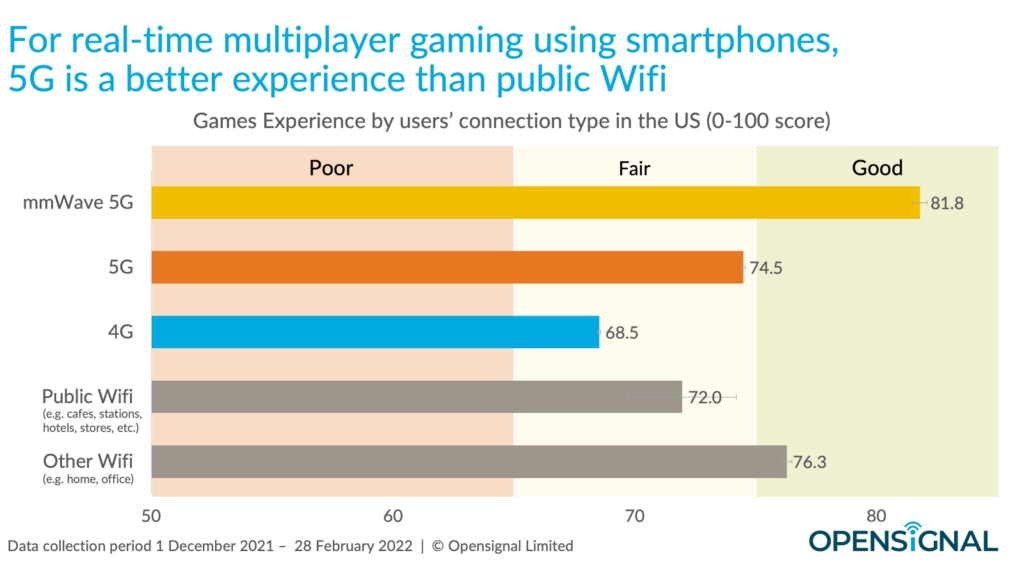One of the key challenges in the development of quantum computers is the advancement of ‘quantum error correction’ technology. This technology offers a groundbreaking solution for fixing errors that occur in qubits, the basic unit of quantum computation, and prevents their escalation during calculations.
Without quantum error correction, the superiority of quantum computers over classical ones would be an immense challenge. Therefore, global efforts are focused on pushing the progress of this crucial technology.
In a significant development, Dr. Seung-Woo Lee’s research team at the Korea Institute of Science and Technology (KIST)’s Quantum Technology Research Centre has achieved a historic milestone by creating the world’s first hybrid quantum error correction technique for discrete variables (DV) and continuous variables (CV).
Moreover, they have devised a fault-tolerant quantum computing structure based on this innovative hybrid technique. This milestone advancement propels quantum computing into a new realm of possibilities and potential.
Qubits that implement quantum error correction are the foundation of the future of computing, known as logical qubits. They can be achieved in two ways: Discrete Variable (DV) and Continuous Variable (CV).
Companies like IBM, Google, Quera, and PsiQuantum are leading the development of quantum computers using the DV method, while Amazon (AWS), Xanadu, and others are spearheading the adoption of the CV method. Each approach has its own advantages and disadvantages, affecting manipulation complexity and resource efficiency.
KIST researchers have put forward a groundbreaking approach to integrate the error correction of DV and CV qubits, which were previously developed separately. They have engineered a fault-tolerant structure based on hybrid technology and demonstrated through numerical simulations that it combines the strengths of both methods. This innovation is poised to revolutionize quantum computation and error correction, unlocking unparalleled efficiency and effectiveness.

In the realm of optical quantum computing, the hybrid approach has the potential to achieve a photon loss threshold up to four times higher than existing techniques while improving resource efficiency by more than 13 times, all without compromising the logic error rate.
“The hybrid quantum error correction technology developed in this study can be combined not only with optical systems but also with superconductors and ion trap systems,” said Dr. Jaehak Lee of KIST.
“This research provides a new direction for the development of quantum computing,” said Dr. Seung-Woo Lee of KIST, who led the research. “Hybrid technologies that integrate the advantages of different platforms are expected to play a crucial role in developing and commercializing large-scale quantum computers.”
KIST and the University of Chicago joined forces in March last year, signing a memorandum of understanding (MOU) to embark on a thrilling journey of quantum technology research. Their collaboration also involves Seoul National University. In just over a year, the researchers have achieved a remarkable milestone through international collaboration, demonstrating their potential to pioneer core technologies in the fiercely competitive realm of quantum computing.
KIST is spearheading an international collaborative research center dedicated to advancing core technologies for quantum error correction. Partner institutions such as the University of Chicago, Seoul National University, and Canadian quantum computing company Xanadu are all part of this groundbreaking initiative.
Journal reference:
- Jaehak Lee, Nuri Kang, Seok-Hyung Lee, Hyunseok Jeong, Liang Jiang, and Seung-Woo Lee, Fault-Tolerant Quantum Computation by Hybrid Qubits with Bosonic Cat Code and Single Photons. PRX Quantum, 2024; DOI: 10.1103/PRXQuantum.5.030322



